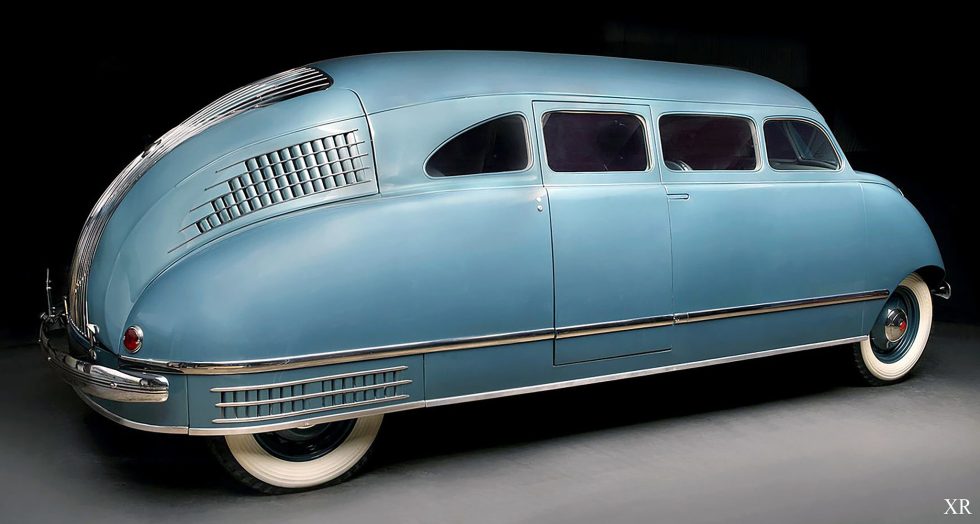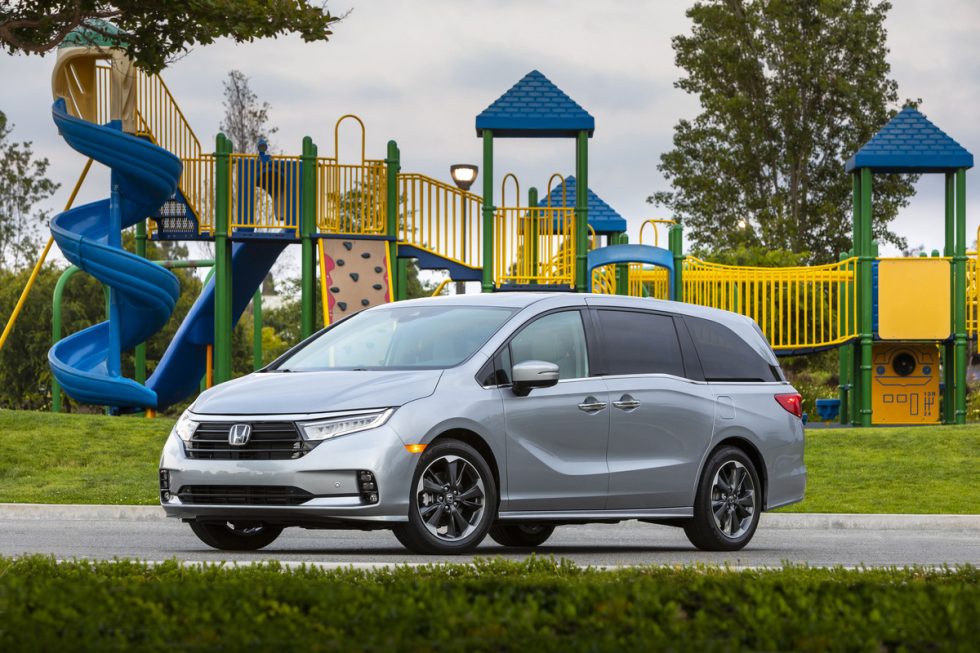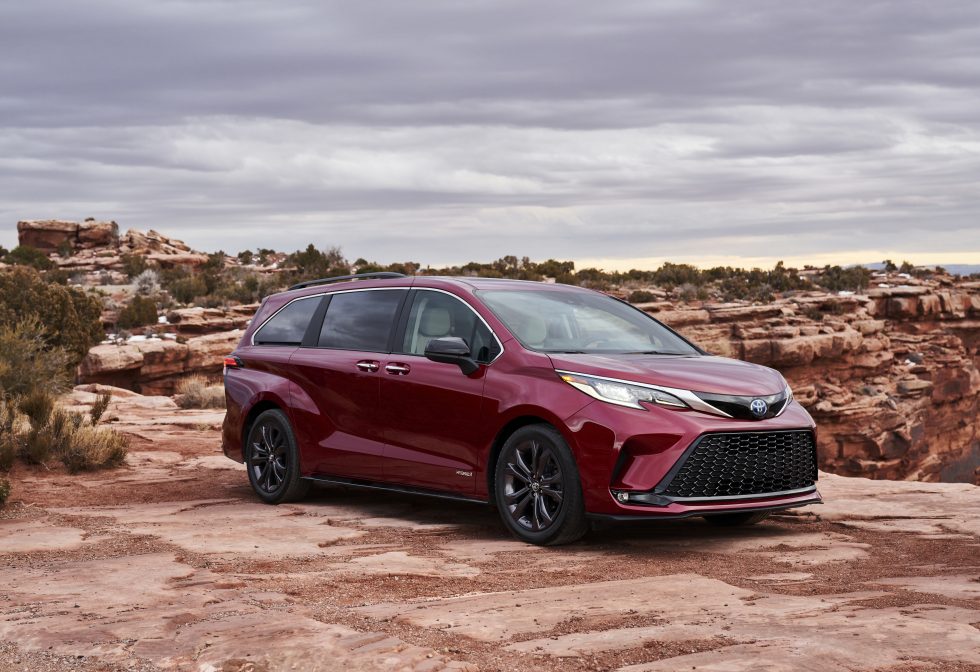
In the grand scheme of things, I have little to complain about in terms of the pandemic. I haven't lost my job, my residence, or any of my family, and since my wife and I both worked at home already, there wasn't even an office to stop commuting to. The biggest work-related impact is probably not having to set foot on an airplane for over a year, but the automakers have been pretty good about bringing Ars new models for shorter first drives, as well as the usual press fleet loans.
But one type of vehicle remains difficult to test, which is a shame because it's a kind I enjoy driving. In fact, it's one that I think is due for a revival, the same way that kids have unironically revived mom jeans and fanny packs. I'm talking about the minivan.
But the SUV is king?
It is impossible to deny the American love affair with the SUV. From high up in the driver's chair, you have a commanding view of the road, and with three rows of seats, there's room for the entire family. But let's be honest with ourselves: no one buys a Toyota Highlander, Kia Sorento, or Chevrolet Suburban with the intention of using it to cross the Darien Gap. Any off-road ability these SUVs do or don't have is entirely incidental.
It wasn't always this way. We only have to go back as far as the early 2000s to see that the three-row family hauler of choice was an altogether more sensible—dare I say more utilitarian—body style. Back then, more than a million minivans found homes in America each year; now, we're probably at a third of that.

In America, the minivan's success came at the expense of the large station wagon. In part that's because it really was a better solution. The third row of seats wasn't rear-facing or located in a crumple zone. Sliding doors offered much better access to the rear, and they were easier to open in tight spots. And the driver sat higher up, which meant a better view of the road.
But the minivan's popularity was partly due to fashion. Simply put, the station wagon had become the deeply uncool mom-mobile. Young families buying cars wanted something different, and the minivan was it. Until it wasn't, because in time, fashion changed again and the minivan began to carry the mom-mobile tag as attention shifted to the SUV.
Options
In the before times, Ars Managing Editor Eric Bangeman did the minivan reviewing for us. Which made perfect sense; he has a family and has to do Dad chores like drive kids to sports practice and so on. But he's busy with his day job, and over the past few months, Honda sent me its latest Odyssey ($32,090-$47,820), and then more recently, Toyota sent over a Sienna ($31,565-$49,340). Unlike Eric, I don't have kids, so my brain isn't really attuned to the things a parent might want.
Pre-COVID, I could at least round up some friends and drive them around for a bit. That hasn't really been an option, for obvious reasons. But that's not to say I didn't enjoy my time with either people-mover. There's that same high-up driving position that everyone loves in an SUV, but because you're not pretending you might be about to venture off the beaten path, the suspension isn't on stilts, so your center of gravity and roll center are in locations more conducive to good handling.

If you're looking for something a little more environmentally conscious, the plug-in hybrid Chrysler Pacifica is a bit of a no-brainer, as long as you have somewhere to plug it in.
But if you don't have anywhere to plug in at night and the Honda is too thirsty, there's always the Toyota Sienna, which has been completely redesigned since we last tested one in 2018. Now built on the company's familiar TNGA-K architecture, which also gives us the Camry, Highlander, RAV4, and that charming Venza, all Siennas are now hybrids.

It's actually the same hybrid powertrain as in the Highlander, but in this installation, I found it much less obnoxious and slightly more economical, too, averaging around 32 mpg (7.3 L/100 km). The third row is a lot more useful than the Highlander's, and there's way more cargo room when that row is in use. Our test car even had little sensors so you could open the sliding doors by waggling a foot underneath it. And while the Sienna wasn't quite as fun to drive as the Odyssey, I'd pick one over a Highlander—or pretty much any other three-row SUV—every day of the week.
So I'm here to spread the word: minivans still exist, some of them are pretty efficient, and all of them are better at day-to-day life than a three-row SUV. Let's have a revival.
reader comments
436